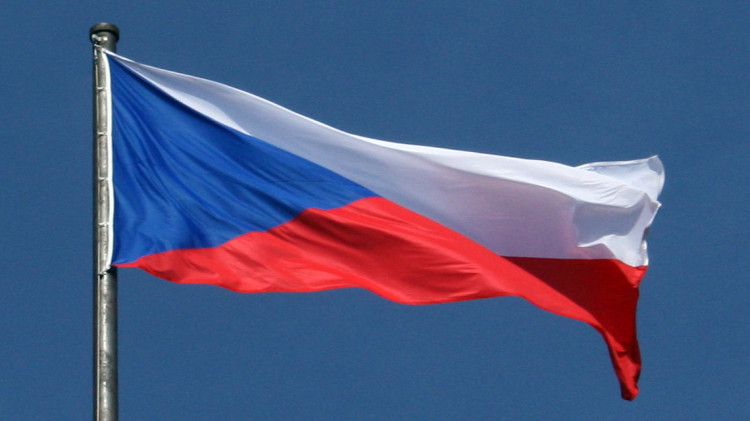An International Atomic Energy Agency (IAEA) team of experts said the Czech Republic has significantly enhanced its regulatory framework for nuclear and radiation safety in recent years, but noted that work remains in implementing the country’s new Atomic Act.
The Integrated Regulatory Review Service (IRRS) team concluded an eight-day follow-up mission today to assess the regulatory safety framework in the Czech Republic. The mission was hosted by the Government and the State Office for Nuclear Safety (SÚJB), which is responsible for nuclear and radiation safety regulation in the country.
Using IAEA safety standards and international best practices, IRRS missions are designed to strengthen the effectiveness of the national nuclear regulatory infrastructure, while recognizing the responsibility of each State to ensure nuclear safety.
The IRRS team found that most recommendations made by an IRRS mission in 2013 had been implemented. The Atomic Act, in force since the start of 2017, and the development of supporting regulatory decrees based on IAEA safety standards represent significant achievements in this regard.
“The Atomic Act has created a good foundation for a robust safety framework,” said team leader Petteri Tiippana, Director General of Finnish nuclear regulator STUK. A comprehensive action plan established by SÚJB after the IRRS mission in 2013 had led to significant progress in all areas, Tiippana added. “We also noted improvements in human resources management, including long-term strategic planning, competence mapping and staff training.”
The Czech Republic has six operating nuclear power reactors: four VVER-440/V-213 units at Dukovany Nuclear Power Plant and two VVER-1000 units at Temelin Nuclear Power Plant. Nuclear power accounts for almost one-third of the country's electricity production. Spent fuel from the plants and the Prague Technical University research reactor is stored on the premises of these facilities. Low- and intermediate-level nuclear waste from the plants is stored at Dukovany, while waste from other sources is stored at two other smaller sites.
The IRRS team provided a report on the status of implementation of the recommendations and suggestions made by the 2013 mission to the SÚJB and the Government to help them continue strengthening the regulatory framework. The team reiterated that the Czech Republic should continue progressing towards full development and implementation of SÚJB’s management system. In addition, the IRRS team provided one new suggestion for improvement, indicating that SÚJB should consider developing regulations to support the implementation of provisions in the Atomic Act on existing exposure situations and remedial activities.
The team noted that the establishment of a Working Group on Medical Exposure had enhanced cooperation among the Ministry of Health, SÚJB and other parties, leading to significant results. It also found that SÚJB had made significant progress in inspections and enforcement. The team identified one good practice pertaining to SÚJB’s engagement in communicating with the public, including through a web conference.
“The positive results of this IRRS follow-up review provide SÚJB with another confirmation of the good direction of our efforts in improving the national safety framework, which was recently strengthened by the adoption of new national legislation in the nuclear area,” SÚJB President Dana Drábová said.
Greg Rzentkowski, Director of the IAEA’s Division of Nuclear Installation Safety, said: “The SÚJB is an effective and transparent regulator as evidenced by the findings of the IRRS mission.” He added that “the significant progress made in enhancing the regulatory infrastructure is a reflection of SÚJB's commitment to continuous safety improvement and to the effectiveness of IRRS missions in assisting Member States in their pursuit of excellence.”
The final mission report will be provided to the Government of Czech Republic in about three months. Czech authorities told the IAEA they plan to make the report public.


